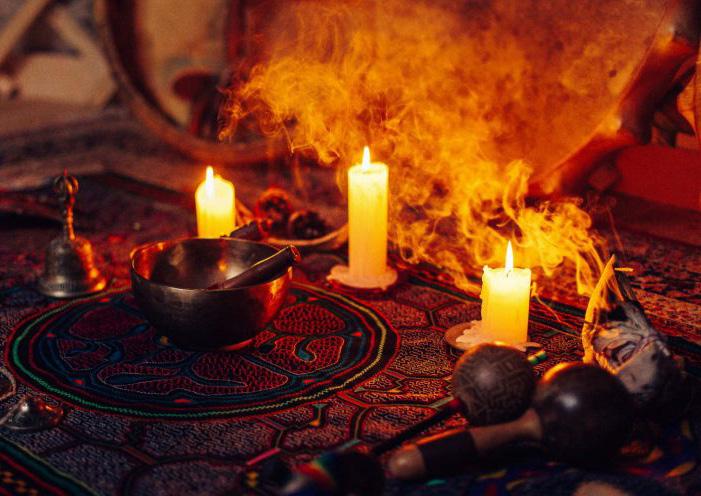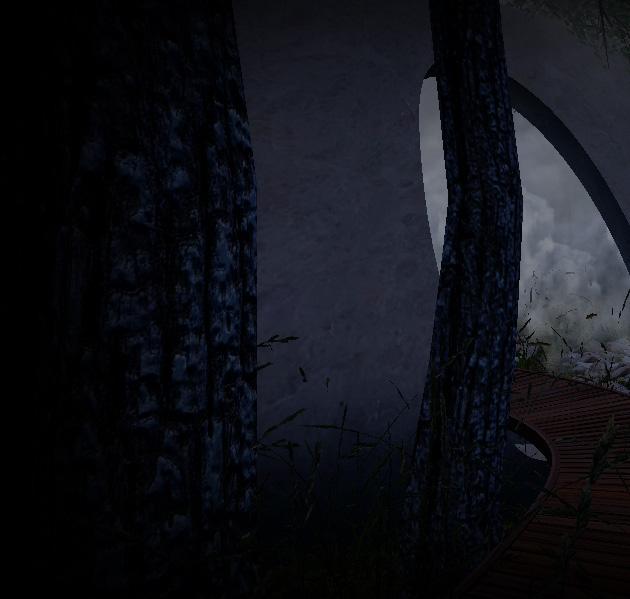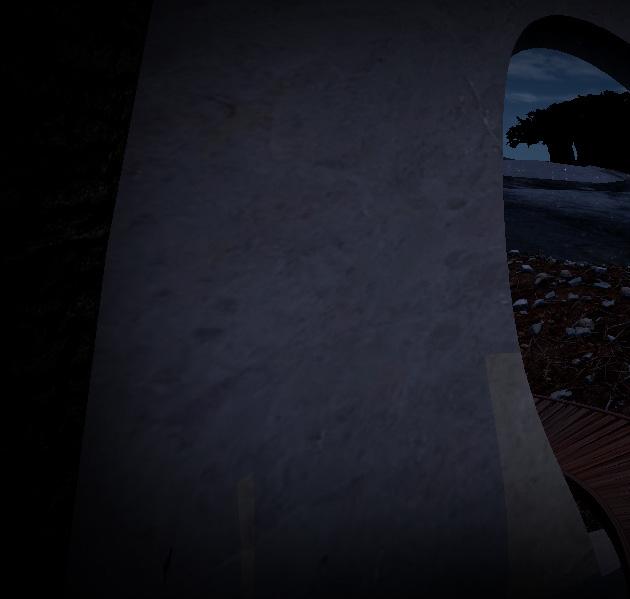
7 minute read
Omitting ego for Self-reflection, Self-recognition and Self-redefinition
How Human can be redefined?
On the same view, according to Dr Ferrando, Posthumanism is a comprehensive revision of the notion of ‘Human’ as a whole, it is an extensive self-revision of the society from three different perspectives. Firstly, the radical criticism of classical humanism and the definition of the ‘human’ based on the idea of ‘Man’ by excluding itself from ‘others’, resulting in self-other dialectics where the difference is pejorative. Secondly, the critique of species supremacy and the rule of Anthropos over the planet. “Man” placed itself to the centre of the discourse in relation to other nonhuman knowledge with the right of true over other nonhumans epistemologies. Finally, a criticism to Dualism as a problematic division between different agents. By acknowledging there is a spectrum between dichotomic dialectics, the approach to the discourses could be a revised set of relational links instead. Ferrando call this Philosophical Posthumanism, an integral redefinition of the notion of human from a Post-humanistic, Post-Anthropocentric and PostDualistic perspective.24
Advertisement
The ‘Posthuman’ is a key concept in the contemporary academic debate to confront the urgency for ‘human’ to be redefined, known in humanities as ‘Posthuman Turn’. It is defined as a convergence of posthumanism with postanthropocentrism, is a complex and multidirectional discursive and material events that encourages to build on the potential of the critics of humanism by radical epistemologies, and aim at a more inclusive practice of becoming-human towards becoming-world.25 When acknowledging indigenous ontologies and epistemologies, there are to find similarities in the way ayawáskha deconstruct the individual, enabling the self-reflection, self-recognition and self-definition in context of a ritual practice. The called ‘new’ approach in the ‘posthuman turn’ and other western philosophies has been an ancient praxis for indigenous people in the Amazon, the conceptualisation of their being is constituted inextricably in relations with the nonhuman world and other modes of experience. The indigenous philosophies refuse anthropocentrism and human exceptionalism to acknowledge species interdependence and consubstantial intersubjectivity in interactive ecologies shared by humans and nonhuman beings.26
Nonetheless, the praxis of Ayawáskha operates differently to way western philosophy does, the brew is a means that enables the capacity of the mind to envision the links and possibilities that there are between the variety of beings in nature. It physically disables what allows the individual to identify it-self from the ‘other’, a state of visions where the ego does not exist, as defined by the Taitas.27 By taking Ayawáskha, it could fundamentally transform the understanding of the human mind, and perhaps the consciousness. Scientific research leaded by Dr Robin Carhart-Harris, one of the first British researchers in over 40 years to investigate the effects of psychedelics on the human mind, describes that psychedelics effect of ayawáskha does not increase brain activity as previously thought. Instead, it decreases the activity in certain areas and the grater the decrease the greater the reported feelings of what is called ‘ego dissolution’.28


The ego, the self–identity, is what separates us from the ‘others’, what creates the narrative of the outside world and the inner being, the dichotomy of selfother. Different to an unconscious state where the feelings and sensation cease, when the ego dissolves by taking ayawáskha, the attachment to the identity is what desist and everything else remains as bare perception. In other words, without the mind focusing in ourselves, it opens the opportunity to perceive the ‘outside’ world from a different perspective, perhaps becoming something else. That removal of the ego enables to operate between the spectrum of both, the self and the other, to recognise, revise and redefine the ‘self’ through what posthumanists describe as set of relational links.
Likewise, Panpsychism is a revision of the way consciousness is approached by theorist, it questions the definition of consciousness from an anthropocentric perspective and the self-given privilege that it is limited to humans, and perhaps ‘higher animals’.29 This theory is a statement about theories of mind, that all things, however defined, possess some mind-like quality. In other words, that everything in nature has minds or souls. As explained by Prof David Skrbina, it is a meta-theory of mind and not a theory of mind itself, it is an affirmation opened to be proved otherwise, however, until then mind should not be considered exclusive to humans.
In the context of the ritual, Panpsychism may find Ayawáskha as a possibility to examine what they defend. Panpsychism provide a fundamental question and the brew may provide an answer by enabling to become another being in the ethereal. Being able to recognise consciousness in all beings in nature consequently creates a different relation to it and within it, this amplifies the awareness of existence of all beings in a different level of understanding. In other words, becoming the other is a metaphor that enables us to a new world of ideas, a new knowledge zone. It is not to become the other physically, however, it is an interrogation in that connection that ayawáskha creates. What is to think, to feel, to be like other creatures or other beings in the universe? Philosopher Thomas Nagel addresses a similar question, What Is It Like to Be a Bat?, he reassures that, despite the fundamental epistemological limitations of human being, it is very high likelihood that there is something that is like to be a bat. The acknowledgement of it does not preclude the argument to imagine that it may be like something despite that we will never know.’30
…I cannot no see anymore

Everything is blurred
Everything disappears in front of me
Where am I going?

Repentance and accepting the consciousness of Nature
How Ayawáskha discard ego from the discourse?
According to Dr Ferrando, life on earth may have evolved from inorganic matter through a natural process, from a biological perspective, all living species shared a significant percentage of DNA and the same universal ancestor, the LUA cell, from where all beings have evolved.31 Therefore, there is biological inextricability between self and others, which forms a system, an organism, what chemist James Lovelock as Gaia.32 Evolutionary processes generate diversity at every level of biological organization, as well as diversity facilitates evolution. However, evolution does not imply any type of hierarchy, nor progression from inferiors to superior organisms, it complies with a hybrid, processual perception of the existence.33 This division made by humans goes against the true its nature of a being as part of nature intrinsically connected with it.
The Anthropocene, the geological epoch marked by significant human impact in Earth’s geology and ecosystem, is an undeniable effect of anthropogenic processes in conflictive relation with nature, agriculture being the most significant of all.34 This contemporary era of ecological crisis is a prospect of a unifying factor of the uncertain future faced by all of humanity and nonhuman life. There are uneven consequences that threatens to engulf quickly or completely the vulnerable and precarious life-forms first than others.35 This suggest there is an urgent need for rethinking the nature of human influences in a complex interactional systems, a return to the nature of ‘human’ being to
31-Ferrando, Philosophical Posthumanism, 53.
32-Lovelock, Novacene: The Coming Age of Hyperintelligence. 25.
33-Ferrando, Philosophical Posthumanism, 42-44.
34-Haraway, Staying with the Trouble, 100-101.
35-Bignall and Braidotti, Posthuman Ecologies, 4, 41 work together with nonhuman in a dynamic ecology of reciprocal determination and influences towards a mutual future. For Prof Donna Haraway, an evident ecological-interactional-system for mutual evolution, ‘No species, not even our own arrogant one pretending to be good individuals in so-called modern Western scripts, acts alone; assemblages of organic species and of abiotic actors make history, the evolutionary kind and the other kind too.’36
36-Haraway, Staying with the Trouble, 100-101.
37-Definition of trouble by Haraway, Staying with the Trouble, 2.
Haraway defines this epoch as the Chthulucene, an epoch for staying with trouble’, a time of possibilities for living and dying is response-ability on a damaged earth. 37 It marks a new beginning by learning to reconstruct the refugia38 on earth, together with nature and the nonhumans as continuum of ‘human’ life, along with inheriting the damage of the past and working with it to cultivate with each other in every possible way. This inquires revise transversally the ethical relation with nature across a broad range of matters in other disciplines beyond humanities such as politics, economic, science, etc. A new opportunity to expand contemporary discussion about the recomposition of the human as an enhanced and revised subject in the posthuman era for vital new theorisations of human scope, responsibility and potential in the posthuman condition.39
This ethical revision proposed by Posthumanism, Panpsychism, Ayawáskha, and similar praxes has an importance consequence on human existence in being more empathetic to each other (humans, nonhumans,
38-Oxford English Dictionary definition: more-than-human, and other beings in nature and the ethereal), along with the acknowledgment that all lives are intrinsically connected, have common aspects and dependent from each other, that if ‘they’ suffer we suffer. Moreover, based on Prof Skrbina’s argument on the shared quality of enmindedess of humans and the nonhumans as an example, the virtue of approaching common and universal characteristics is that humans may come to understand the universe in a more intimate and personal manner, finding the nonhumans as companions species, and perhaps find themselves at home in it. This is turn that can serve as a basis for more compassion and ecological values, and therefore of new ways of acting.40 Contrarily, without deeper meaning or value, the nonhumans would exist, out of other choice, to benefit human, ‘the representative of a hierarchical and violent species whose greed and rapacity are enhanced by a combination of scientific advances and global economic domination’41 This draws a fine line between acknowledging the extend and seriousness of this dilemma, on one side, and succumbing to an abstract futurism and its affects of despair and its politics of indifference, on the other side, where technology or God will come to save in the apocalypse.42
In biology an area in which a population of organisms can survive through a period of unfavourable conditions, especially glaciation.
39-Bignall and Braidotti, Posthuman Ecologies, 41
40-Skrbina, Panpsychism in the West, 4.
41-
42-


Something is burning here, It doesn’t feel safe I should go back
But I don’t know how










